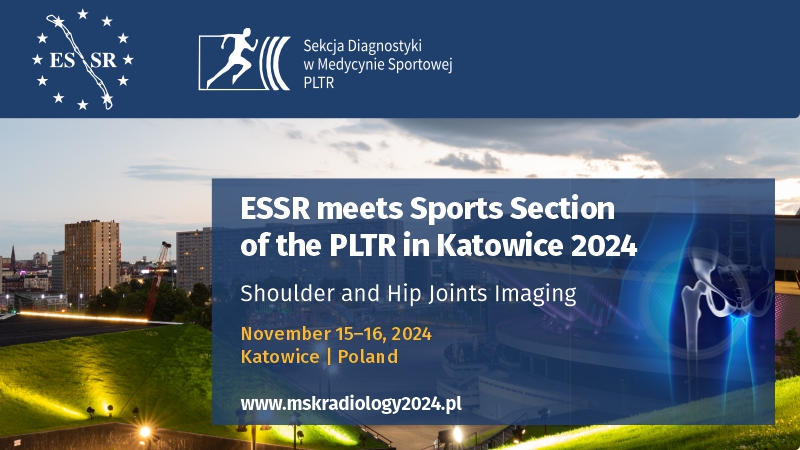Optimization of diagnostic ultrasonography of the gallbladder based on own experience and literature
Andrzej Smereczyński, Katarzyna Kołaczyk, Elżbieta Bernatowicz
 Affiliation and address for correspondence
Affiliation and address for correspondenceAlthough transabdominal imaging of the gallbladder has become a gold standard, new light should be shed on some aspects, which will prove useful in everyday practice. Therefore, based on our own experience and the available literature, we would like to draw attention to those elements of gallbladder ultrasound imaging which may increase its diagnostic efficacy. The paper draws attention to the difficulty in assessing certain anatomical structures, such as the inferior wall, the bottom and the region of the neck of the gallbladder, and offers ways to improve their imaging. We also emphasized the negative effects of duodenal and transverse colon (along with their contents) adhesion to the bottom of the gallbladder on the correct diagnosis. Due to the importance of size in the management strategy for detected gallbladder polyps, we suggest their measurement on an image enlarged with the zoom function. This technique also allows for an accurate assessment of the shape and echostructure of these lesions. An enlarged image of a polyp makes it possible to trace its behavior in time. We also remind that the hepatic wall of the gallbladder is the only site allowing for a reliable wall thickness measurement. We also pointed to the importance of changing patient’s position when assessing the mobility and the nature of lesions. Altering patient’s position during examination may help detect anomalies in the form of a floating gallbladder, which may promote its torsion. Finally, pathologies whose diagnosis may be facilitated by color-coded blood flow imaging are also presented. The issues discussed in this paper are only a fraction of problems faced by an ultrasound operator in the field of gallbladder diagnostic imaging. However, the proposed ultrasound approaches should help solve some of these problems in everyday practice.








